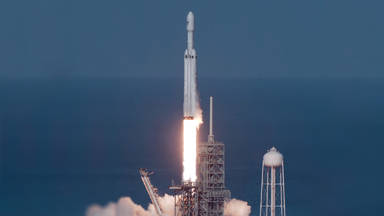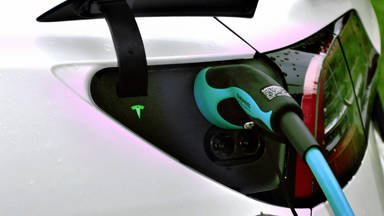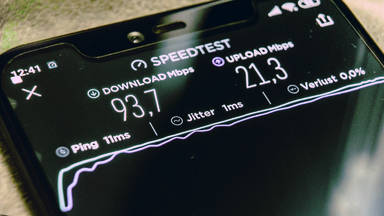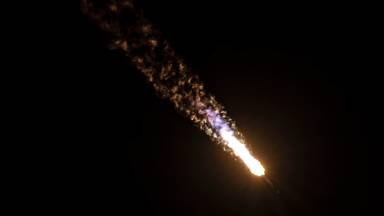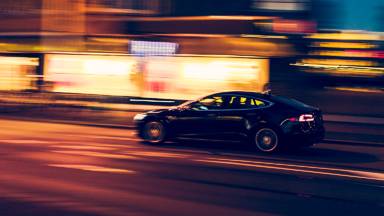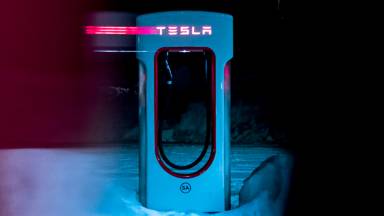
There has been competition in the electric car market in recent months. The truck company, Nikola, has reached the stock exchange, is growing rapidly and allready reached a staggering market value of $30 billion.
But at least among Tesla fans, it seems that Nikola is a scam. Nikola tried to become Tesla. Trevor Milton is against Elon Musk.
But when people compare Nikola and Tesla, many people overlook the real ability of Nikola in the market. Their share price is determined to some extent by pre-orders for the badger battery electric trucks that can compete directly with Tesla.
This is just a company that is trying to make a fuss about the company's stock, relying on pre-orders for the trucks which are not production-ready yet. In this regard, Tesla and Nikola are prominent players in the game. This is not a new phenomenon, just yet another electric truck.
Other startups tried to survive in the battery-powered electric vehicle market, but eventually failed. The interesting point about Nikola is the hydrogen fuel cell trucks that will determine its ultimate success.
Hydrogen has great potential as a fuel, but there are some major barriers that need to be overcome for it to enter the market.
We will address these challenges, but first let us focus on the advantage of hydrogen.It is a special energy source. The average Tesla battery has a certain power, i.e. the energy per kilogram of the battery, i.e. 250 watts per kilogram.
Hydrogen with an astonishing power of 40,000 watts per kilogram overcomes this figure.
This is a good advantage already, let's sum it up with the fact that battery-powered vehicles will not get lighter due to energy consumption.
Whether the battery is fully charged or completely discharged, the weight of the battery is about the same. This means that the car carries its own weight due to battery wear.
This is not the case with hydrogen powered vehicles. Hydrogen-powered vehicles exhaust the weight of fuel in the atmosphere as harmless water vapor when used. These two factors make hydrogen a very attractive green fuel for the transport industry.
There is a limit for the weight of the truck to about 40 tons to prevent damage on the road. As the range of battery-powered cars increases, the weight overhead goes up, while that is not the case with hydrogen vehicles.
This means that every extra kilogram that the battery takes equals one kilogram less cargo capacity. Although hydrogen production is very expensive, it can cover additional fuel costs by increasing volume and transportation revenues.
Thus, hydrogen-powered trucks are attractive to companies transporting heavy goods from factories to the distribution centers. This is clearly the case with Nikola's first known client, Anheuser Busch, Budweiser's parent company.
In November 2019, they used Nikola's hydrogen fuel cell truck to complete a delivery. The delivered goods are then delivered to smaller battery-powered BYD trucks for further distribution near the distribution center. You can clearly see the benefits that both types of vehicles can offer, and use them to help reducing CO2 emissions. Well, Nikola has a certain market that can benefit from hydrogen trucks.
Setting up a recharging station for one of these vehicles is as easy as installing a charging point. Tesla does not need to build power plants or power lines to enter the market.
Nikola does not have such luxury.
Nikola needs to build electrolyzer equipments and make sure customers can use the hydrogen they produce when they need fuel.
To handle the unpredictable travel patterns for thousands of drivers, gas stations must be distributed in major cities and roads. Consider the budget needed to build all of these. This is a crazy challenge.
Nikola's target market makes it easier to solve this problem. In the United States, approximately 1.8 million Class 8 trucks travel on the road every day, of which 25% travel on special roads.
The truck simply moves from point A to point B and then back again. By entering this market first, Nikola can build electrolyzer equipment on the main routes step by step: Serving trucks on the road, raising capital and then expanding to new routes. This also eliminates the significant cost of transporting hydrogen through pressurized vehicles.
By attacking 25% of the market first, they can increase the budget needed to build a distribution network. When the market has been penetrated, Nikola becomes more attractive, while the remaining 75% of the market has a flexible approach. So Nikola has identified a practical target market and thus solved the biggest logistical challenge with hydrogen energy.
Hydrogen as an energy storage technology is inevitable and the emergence of hydrogen as a fuel is disrupting the energy market. This could be the beginning of a hydrogen economy.
